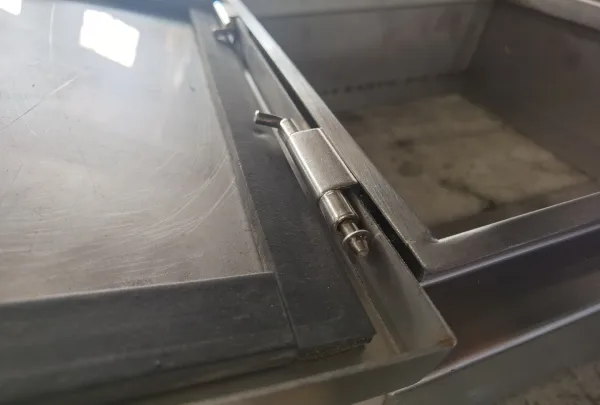
Metal enclosures are ubiquitous in various industries, providing durable and reliable housing for sensitive equipment, electronics, and machinery. From protecting delicate instruments in laboratories to shielding electrical components in industrial settings, metal enclosures play a crucial role in ensuring the safety and functionality of diverse applications. This guide explores the types, uses, and benefits of metal enclosures, offering insights into their versatility and importance in modern engineering.
Types of Metal Enclosures:
- Steel Enclosures: Steel enclosures are renowned for their strength and durability. They are commonly used in industrial applications, outdoor installations, and harsh environments where robust protection is essential.
- Aluminum Enclosures: Lightweight yet sturdy, aluminum enclosures offer excellent corrosion resistance and thermal conductivity. They are favored in aerospace, automotive, and electronics industries where weight reduction and heat dissipation are critical.
- Stainless Steel Enclosures: Stainless steel enclosures are highly resistant to corrosion, making them ideal for use in corrosive environments such as marine, chemical, and food processing industries. They provide superior protection against rust and chemical damage.
- Galvanized Steel Enclosures: Galvanized steel enclosures are coated with a layer of zinc to enhance their corrosion resistance. They are commonly employed in outdoor applications, telecommunications, and infrastructure projects where exposure to moisture and environmental elements is a concern.
Uses of Metal Enclosures:
- Electrical Enclosures: Metal enclosures serve as housing for electrical components, protecting them from dust, moisture, and physical damage. They are widely used in power distribution, control panels, and electrical cabinets.
- Electronic Enclosures: In the electronics industry, metal enclosures provide shielding against electromagnetic interference (EMI) and radio frequency interference (RFI). They safeguard sensitive electronic devices such as routers, servers, and communication equipment.
- Instrumentation Enclosures: Laboratories and scientific facilities utilize metal enclosures to house precision instruments and analytical equipment. These enclosures maintain stable operating conditions by shielding instruments from external disturbances and environmental fluctuations.
- Industrial Enclosures: Industrial machinery and automation systems require rugged enclosures to safeguard control units, sensors, and PLCs (Programmable Logic Controllers). Metal enclosures offer durability and protection in demanding manufacturing environments.
Benefits of Metal Enclosures:
- Durability: Metal enclosures are built to withstand harsh conditions, ensuring long-term reliability and protection for enclosed equipment.
- Security: Metal enclosures provide a secure barrier against unauthorized access and tampering, safeguarding valuable assets and sensitive information.
- Versatility: With a wide range of materials and configurations available, metal enclosures can be tailored to suit diverse applications and specifications.
- Environmental Protection: Metal enclosures shield equipment from dust, moisture, vibrations, and electromagnetic interference, preserving their performance and lifespan.
In conclusion, metal enclosures are indispensable components in various industries, offering robust protection, security, and versatility for a wide array of applications. By understanding the types, uses, and benefits of metal enclosures, engineers and designers can make informed decisions to ensure optimal performance and reliability in their projects.





